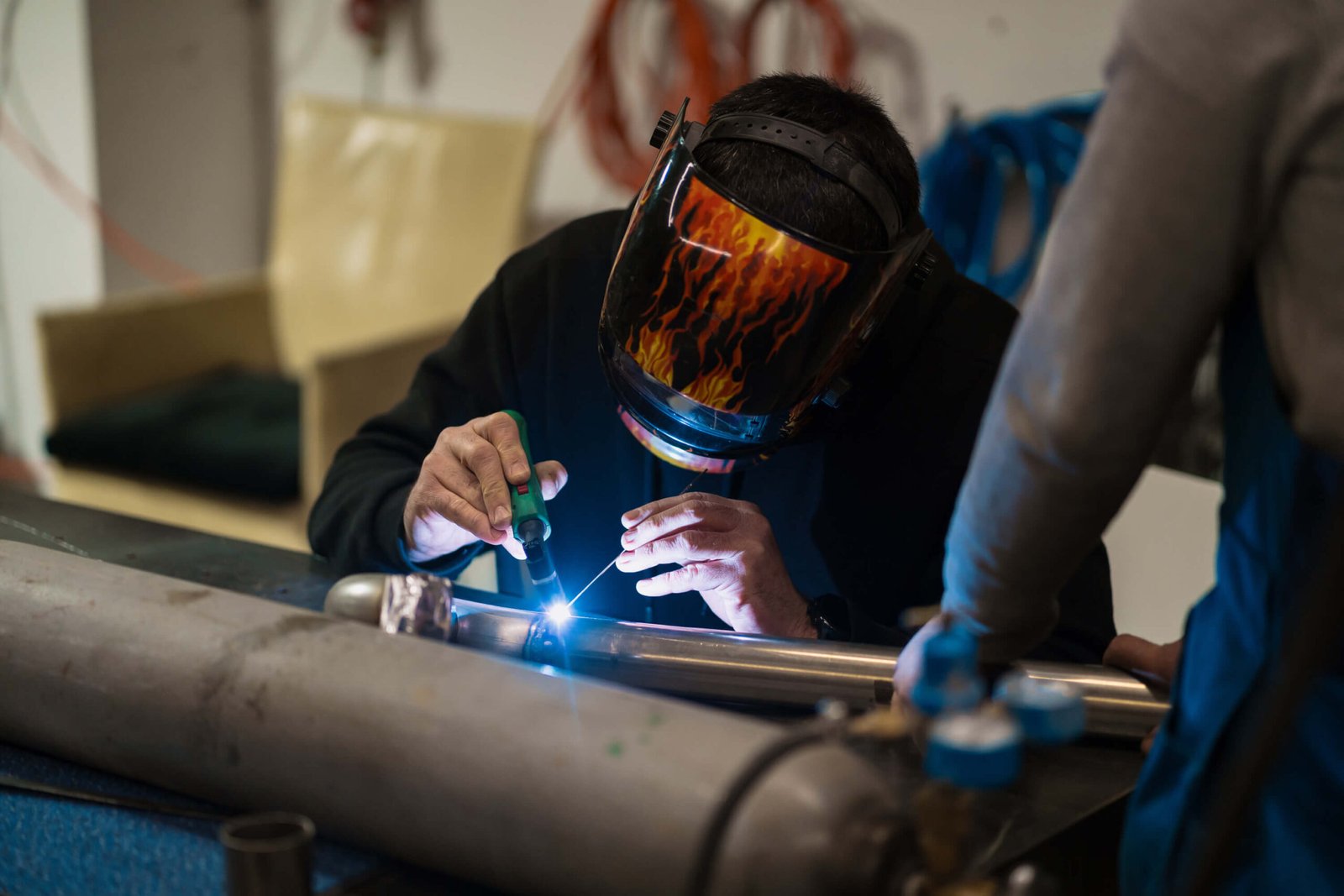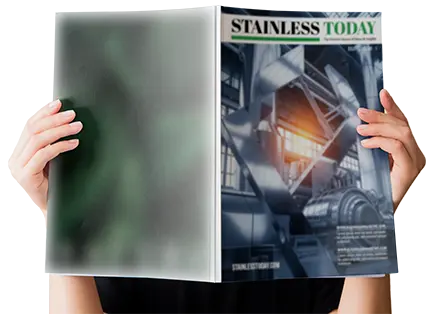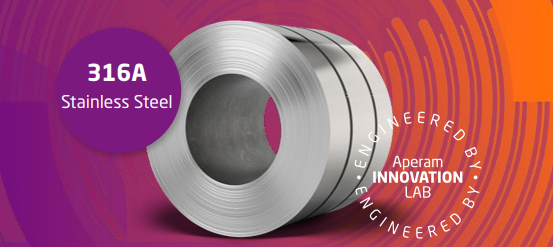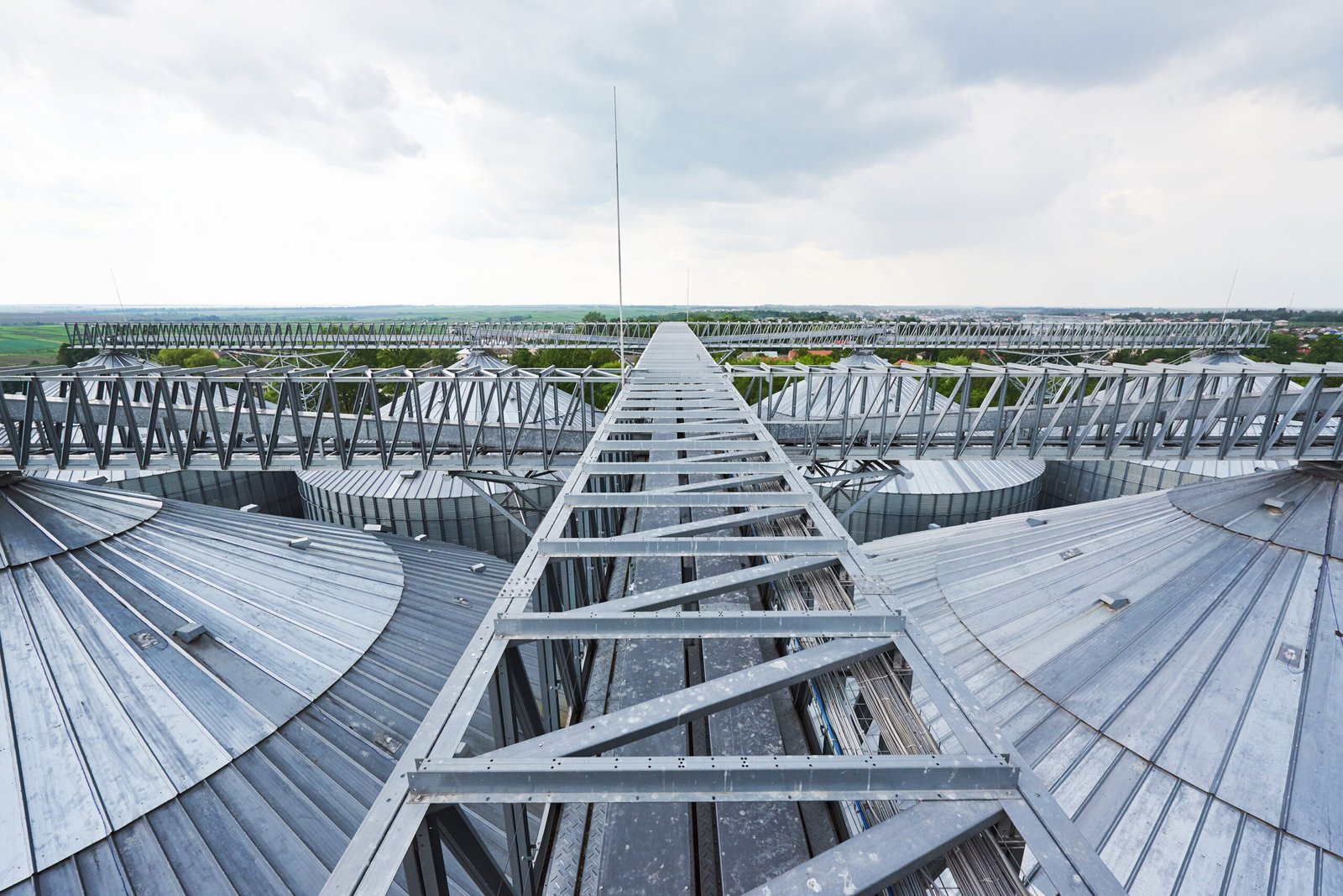Mastering the art of stainless steel welding: 5 essential tips

Welding stainless steel requires a blend of technique, caution and know-how. From choosing the right filler to managing heat, these expert tips will help you achieve strong, clean welds every time.
1. Select the right filler material
Stainless steel welding demands a filler material that matches or surpasses the properties of the base metal. An incorrect filler can compromise corrosion resistance and structural integrity, so always consult material specifications to pick the appropriate filler alloy for your project.
2. Control heat input
Excessive heat can damage stainless steel, leading to warping or oxidation. Use lower amperage settings and consider pulse welding techniques to keep the metal cool and prevent structural distortion. Cooling the weld area periodically helps maintain the metal’s strength and finish.
3. Maintain cleanliness
Contaminants such as grease, oil, and dust can severely impact the quality of your weld. Stainless steel is particularly sensitive to impurities, so always clean the metal thoroughly before starting. Using a dedicated wire brush for stainless steel will prevent cross-contamination.
4. Shield the weld with gas
Proper shielding gas—typically argon or an argon mix—is essential for stainless steel welding to prevent oxidation. Ensure adequate coverage throughout the welding process, as exposure to air can lead to discolouration and reduced corrosion resistance.
5. Protect against distortion and warping
Stainless steel has a high thermal expansion rate, making it prone to warping. To counter this, use clamps and fixtures to secure the workpiece. Tack welds at regular intervals can also help maintain alignment as you work along the joint.
By following these tips, you’ll not only enhance the strength and appearance of your stainless steel welds but also improve their durability and performance over time.










